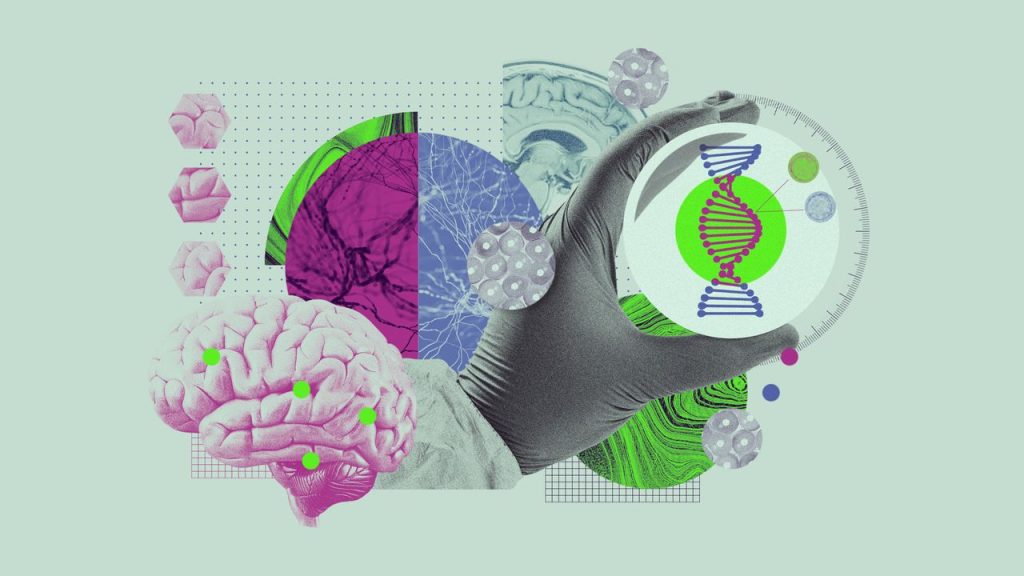The biological world is always expanding as research is constantly being done. Because of this, many findings often fall under the radar despite having the potential to change the world. Here are some of the most groundbreaking discoveries in biology from the past year.
Slowing Huntington’s disease
Scientists have found a way to slow the progress of Huntington’s disease, a deadly neurodegenerative disorder, by 75%. It is largely hereditary and causes a gradual decline in mental and physical functions. Until now, there have been very minimal treatment options. The new gene therapy treatment, called AMT-130, is “delivered deep into the brain during an eight- to 10-hour surgery,” said Scientific American.
A “safe virus” that has been genetically altered to contain a specific DNA sequence is “infused,” where it “acts like a microscopic postman” by “delivering the new piece of DNA inside brain cells,” said the BBC. The treatment “turns the neurons into a factory for making the therapy to avert their own death.” AMT-130 is still in clinical trials and not yet widely available. “We’ve had so many failures, and there’s been a lot of heartbreak over many years in this community,” neurologist Victor Sung said to Scientific American. “So to have something that at least really appears to be having [an] impact is really significant.”
Understanding cell mechanisms
Researchers may be able to see what proteins are doing inside cells more accurately, according to a study published in the journal Nature Communications. The new method uses “natural proteins produced by a cell as tiny sensors to report on their environment and interactions,” said an article by Cornell University. It does so “without traditional invasive techniques that could interfere with a cell’s normal biology and skew research results.” The scientists were able to track flavoproteins, which are in many organisms and contain magnetic properties that can be detected using a technique called electron spin resonance spectroscopy.
Being able to understand the cell’s internal functions is “mainly useful for understanding new biological mechanisms, such as those that could be involved in disease states like cancer or during infection,” Brian Crane, a professor in Cornell’s Department of Chemistry and author of the study, said in the article. “One could conceivably track the assembly of a virus using this method to understand how and where its components are built within cells.”
Kangaroo IVF
Scientists, in a hopping success, were able to produce the world’s first kangaroo embryo using IVF. This could be a significant step towards protecting endangered species in Australia. The researchers “assessed how kangaroo eggs and sperm developed in a laboratory, before injecting a single sperm directly into a mature egg, using a technique known as intracytoplasmic sperm injection,” said CNN.
While the eastern grey kangaroo is not endangered, other marsupial species are. “Our ultimate goal is to support the preservation of endangered marsupial species like koalas, Tasmanian devils, northern hairy-nosed wombats and Leadbeater’s possums,” Andres Gambini, who led the research, said to CNN. Australia has a higher extinction rate than any other continent on Earth in recent history, largely because many species are endemic to the region.
Oldest microbial DNA
Researchers “sequenced the DNA of various mammoths — including 440 that had never been sequenced or published before,” as well as “identified DNA from 310 different microbes living on or in the animals’ tissues,” said Smithsonian Magazine. The findings were published in the journal Cell.
While much of the bacteria appeared after the mammoths’ deaths, the scientists also “identified six ‘host-associated’ microbial groups that likely colonized the mammoths when they were still alive” over one million years ago. Host microbes may have “shaped how these Ice Age herbivores digested food, resisted infections and coped with shifting climates,” said Earth.com. “The same methods could be applied to other frozen or well-preserved remains, from ancient horses to extinct cave bears.”
Virtual scientists
Future research could be done in a virtual lab, according to a study published in the journal Nature. Researchers trained AI large language models (LLM) to “mimic top-tier scientists in the same way that they think critically about a problem, research certain questions, pose different solutions based on a given area of expertise and bounce ideas off one another to develop a hypothesis worth testing,” said Stanford Medicine. This essentially led to the creation of a virtual lab which “consists of an LLM principal investigator agent guiding a team of LLM scientist agents through a series of research meetings, with a human researcher providing high-level feedback,” said the study.
The researchers then had the “lab” devise a new vaccine basis for Covid-19. It created a method using nanobodies that was potentially viable. These types of labs could allow for research to be done quickly, especially when done in collaboration with humans. “Good science happens when we have deep, interdisciplinary collaborations where people from different backgrounds work together, and often that’s one of the main bottlenecks and challenging parts of research,” said James Zou, an associate professor of biomedical data science and lead author of the study.
From ancient bacteria, to modern cures, to future research
